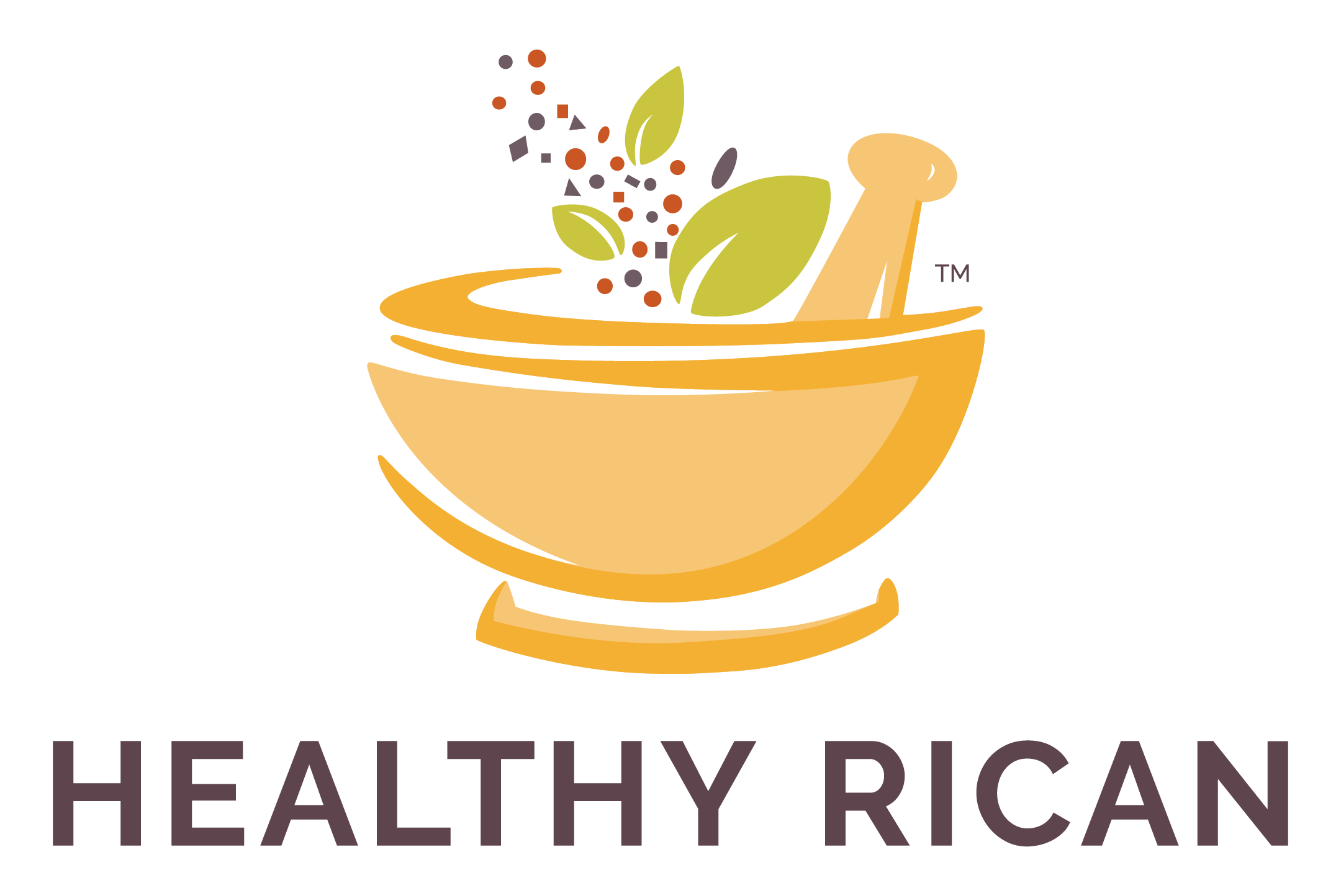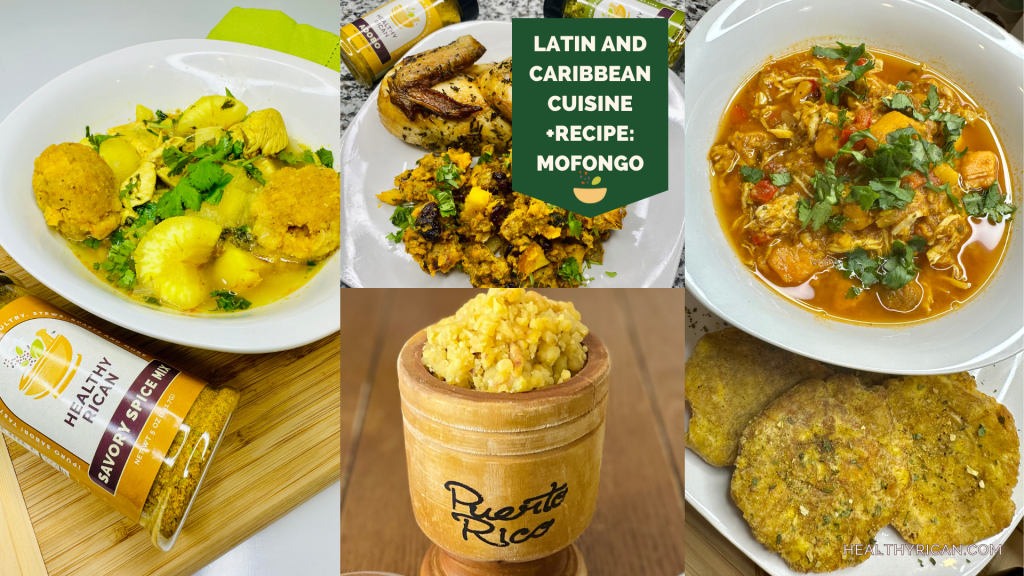Blog
What is the origin of Mofongo? +Recipes

Mofongo originated in Puerto Rico. It is a traditional dish made from mashed, fried plantains, often mixed with garlic, olive oil, and pork cracklings.
Mofongo is a beloved dish in Puerto Rico and the Dominican Republic. Still, its roots trace back to West African culinary traditions. It’s believed that enslaved Africans brought to the Caribbean during the colonial era contributed to the creation of Mofongo.
The dish consists primarily of fried green plantains mashed with garlic, salt, and typically pork cracklings or bacon, formed into a ball or mound. Its name is thought to derive from the Congo region in Africa. However, the exact etymology has yet to be definitively established.
In Puerto Rico, Mofongo has evolved into a staple dish, served with various accompaniments like seafood, chicken, beef, or vegetables, often accompanied by a broth or sauce. The Dominican Republic’s version is “mangú,” made with boiled green plantains instead of fried.
Over time, Mofongo has become a cherished part of these regions’ cultural and culinary heritage, symbolizing the fusion of African, Indigenous, and Spanish influences in Caribbean cuisine.
What is the history of Mofongo?
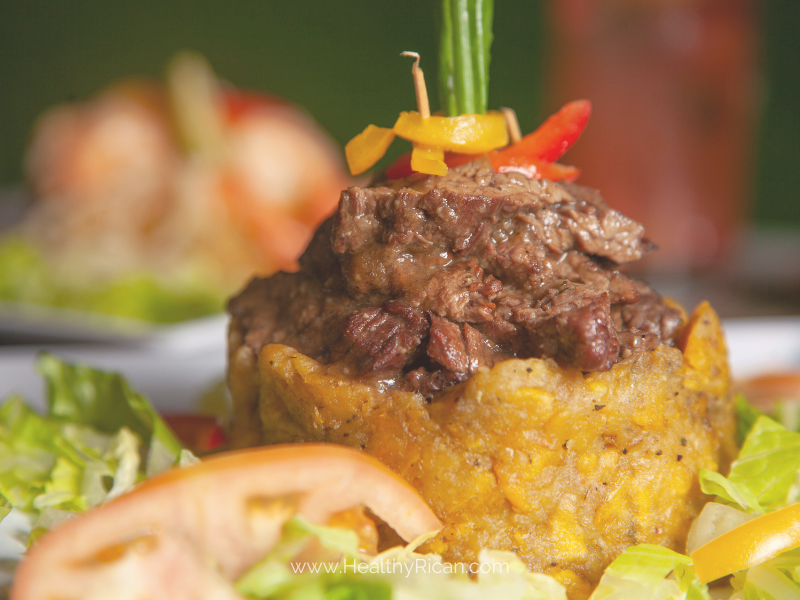
Mofongo has its roots in African and Taino influences in Puerto Rico. The dish is believed to have originated as a variation of fufu, a West African dish made from starchy vegetables like plantains. When Africans, who were enslaved, were taken to the Caribbean, they modified their ancestral recipes to incorporate local produce, which resulted in the invention of Mofongo.
The name “Mofongo” is thought to be derived from a West African word, and the dish itself has evolved over time. Initially, it was made with yuca (cassava) instead of plantains. Still, as plantains became more prevalent in the Caribbean, they became the primary ingredient.
Mofongo has become a staple of Puerto Rican cuisine. It is often served as a side dish or as a base for other ingredients such as seafood or meat. This cherished and emblematic dish embodies the myriad cultural influences that have molded Puerto Rican cuisine throughout the ages.
Can Mofongo be made with boiled plantains?
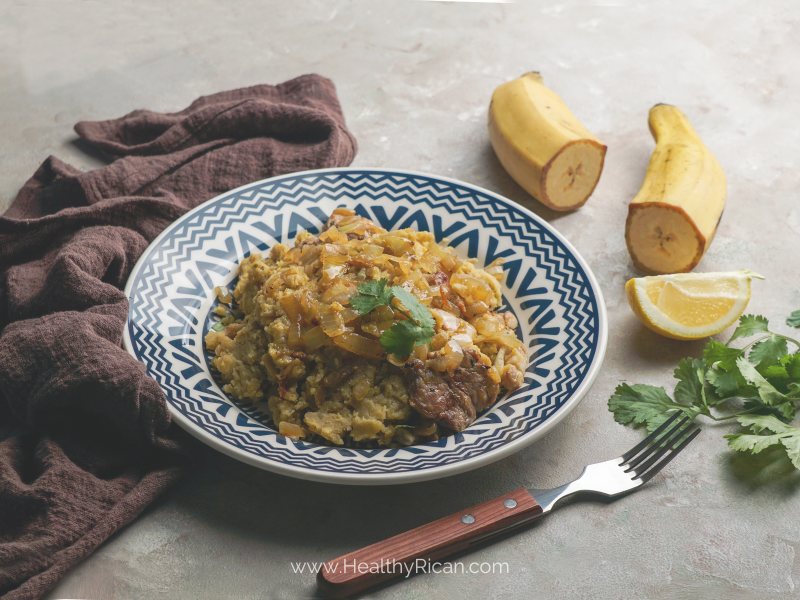
Traditionally, Mofongo is made with fried plantains, but it is possible to make a variation using boiled plantains. Boiled plantain Mofongo may have a slightly different texture and flavor than the fried version. However, it can still be a delicious alternative. Boiled plantain Mofongo is typically prepared by boiling the plantains until they are soft, then mashing them with garlic, oil, and other seasonings to create a similar consistency to the fried Mofongo. While the traditional fried Mofongo is more common, boiled plantain Mofongo offers a healthier option for those looking to reduce their oil intake.
Traditionally, Mofongo is made with fried green plantains mashed with garlic, salt, and other ingredients. However, variations of Mofongo exist, and some people make it using boiled plantains, especially in specific regions or based on personal preferences.
Boiling the plantains instead of frying them will yield a slightly different texture and flavor. Boiled plantains might result in a softer, smoother consistency compared to the crispy exterior and dense texture you get from frying. The boiled version might be less common or a variation than the standard method.
Ultimately, the beauty of many dishes, including Mofongo, lies in their adaptability and cooks’ creativity. Some might prefer the traditional fried version, while others might enjoy experimenting with boiled plantains or other variations to suit their tastes.
How does the texture of boiled plantain Mofongo compare to the fried version?
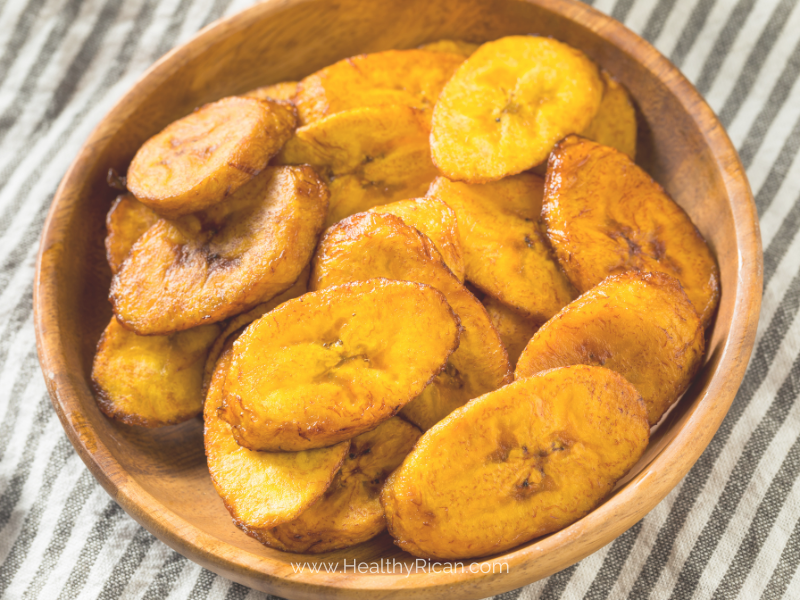
The texture of boiled plantain Mofongo is generally softer and smoother than the fried version. Boiled plantains tend to have a more tender and moist consistency, which can result in a Mofongo that is less crispy and has a slightly different mouthfeel. Additionally, the fried version has a crispy exterior from the frying process, while the boiled version lacks this crispy texture. The fried Mofongo also has a more prosperous, slightly caramelized flavor from the frying process. In contrast, the boiled version may have a milder taste. Overall, the texture and flavor of boiled plantain Mofongo differ from the traditional fried Mofongo. However, it can still be a tasty and satisfying dish.
What is the difference between Mangu and Mofongo?
Mangú and Mofongo are popular dishes in the Dominican Republic and other Caribbean countries. Still, they are distinct regarding ingredients, preparation, and flavor.
Ingredients:
Mangú is primarily made from boiled green plantains mashed and seasoned with salt. It’s a simple dish with minimal ingredients.
Mofongo, however is prepared by mashing fried green plantains with garlic and salt, and occasionally incorporating olive oil or pork fat. It often includes additional ingredients like pork cracklings (chicharrones), which add flavor and texture to the dish.
Preparation:
Mangú: To make mangú, green plantains are boiled until tender, then mashed until smooth and creamy. It’s a straightforward process that doesn’t involve frying.
Mofongo requires frying the green plantains before mashing them. The fried plantains are typically mashed with garlic and salt in a mortar, pestle, or potato masher.
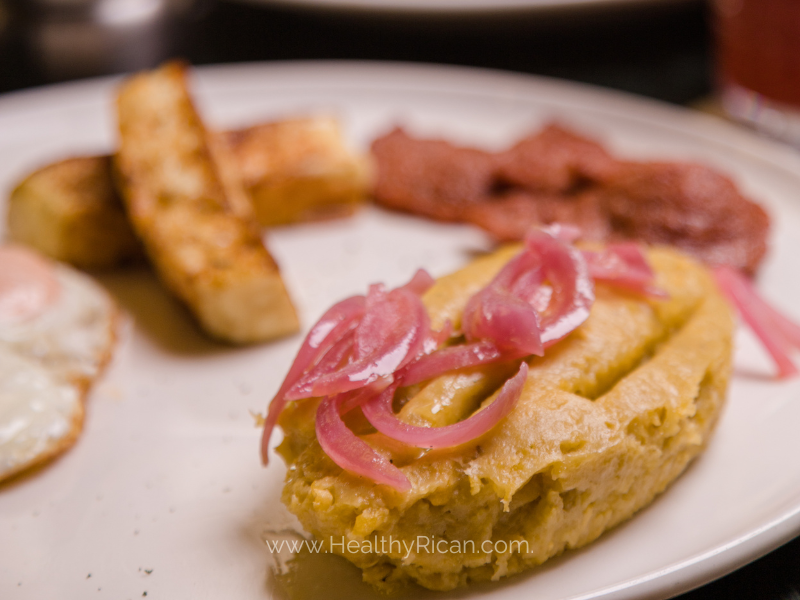
Texture and Flavor:
Mangú has a smooth and creamy texture similar to mashed potatoes. Its taste is gentle and subtly sweet, reflecting the inherent flavor of the plantains.
Mofongo has a firmer texture than mangú, combining crispy and creamy elements from frying the plantains. It has a more pronounced garlic flavor and may also taste savory from added ingredients like pork cracklings.
Serving:
Mangú is commonly served as a breakfast dish in the Dominican Republic, often accompanied by fried eggs, fried cheese, salami, or other protein options.
Mofongo is typically a side dish accompanying various meats, seafood, or stews. It is adaptable and can complement a wide array of main courses
In summary, while mangú and Mofongo are made from green plantains, their preparation methods, ingredients, texture, flavor, and how they are served differ.
Since Mofongo originated from fufu… We are sharing both recipes below!
Enjoy and let us know what you think by sharing a review.

Mofongo: Healthy Rican Style
Equipment
- mortar and pestle
Ingredients
- 3 pcs large green plantains aka platano macho
- 1/2 cup refined coconut oil, avocado oil, or frying oil of choice
- 2 cloves garlic
- 1 cup pork cracklings (chicharrón) or cooked bacon if desired
- Extra virgin olive oil or butter
- 1 tsp Salt and pepper or Healthy Rican Adobo to taste
Instructions
- Peel the plantain using a knife. (It’s easier to peel under water)
- Cut the plantain in 1-inch pieces.
- In a small frying pan, add about 1 cup of oil. Heat the oil to medium heat.
- Fry the plantain pieces on both sides. Plantains should look golden yellow/brown and cooked until soft enough to stick a fork in them easily.
- For an even healthier mofongo, boil the plantains until soft, instead of frying them. A similar technique is used in the Dominican Republic and the dish is known as mangu. While the technique is different, when adding the garlic, butter and chicharrón, the dishes are remarkably similar in flavor.
- Remove plantains from heat (or drain if you boil them).
- In a mortar and pestle (pilon) mince 1/2 or 1 small garlic clove.
- Mash the plantains a little at a time. Start mashing the plantain while mixing it with the garlic, add olive oil or butter if the plantain looks dry and not sticking together. Also add salt and pepper (or adobo) to taste and chicharrón if using.
- Repeat with the rest of the plantains.
- The plantains should be soft and consistent enough that you can shape it into a ball or small balls. If the mofongo looks to dry, try adding broth a little bit at a time until desired consistency is achieved.
- Typically it’s served with a bowl of broth on the side.
- Mofongo can be stuffed or served as a side dish with meats, fish, seafood, and more.
- Note: You can also use ripe plantains instead or in addition to the green plantains (for a sweeter mofongo).

Fufu (using cassava and plantains)
Ingredients
- 2 Large cassava roots
- 2 Ripe and/or green plantains
- Water
- Salt optional
- Minced garlic optional
- Minced onion optional
- Cooked ham, bacon bits, or chicharron optional
Instructions
- Peel the cassava roots and cut them into chunks.
- Peel the ripe plantains and cut them into chunks as well.
- Cover the cassava and plantain chunks in a large pot with water.
- Heat the water on medium-high until it boils, then simmer the cassava and plantains until they become soft and tender, which should take about 20-25 minutes.
- Once the cassava and plantains are cooked, drain them and reserve some cooking water.
- Mash the cooked cassava and plantains together in a large bowl or mortar and pestle until they form a smooth, dough-like consistency. A food processor can be utilized for this step as well.
- If the mixture is too dry, add some of the reserved cooking water a little at a time until you reach your desired consistency. Be careful not to add too much water, as you want the fufu to be firm and smooth.
- Season the fufu with salt, if desired, to taste.
- If adding additional ingredients like garlic, onion, or bacon, cook in a small frying pan with 1 tablespoon of oil until the garlic and onion are translucent and bacon, ham, or chicharron are to your liking. Mix well into the fufu, and form into balls for serving.
- Serve the fufu warm alongside your favorite soup or stew.
https://healthyrican.com/exploring-the-rich-tapestry-of-latin-and-caribbean-cuisine-recipe-Mofongo/
Related Posts
Revitalize Your Lifestyle with Head-to-Toe Health Strategies
-
Posted by
 Mayra Luz
Mayra Luz
7 All-Natural Sazón Seasoning Alternatives +Recipe: Aceite de Achiote
-
Posted by
 Mayra Luz
Mayra Luz
How to make Puerto Rican Pasteles (Step by Step)
-
Posted by
 Mayra Luz
Mayra Luz
What Makes Ropa Vieja, Shredded Beef, So Flavorful? + Recipe
-
Posted by
 Mayra Luz
Mayra Luz
Exploring the Rich Tapestry of Latin and Caribbean Cuisine +Recipe: Mofongo
-
Posted by
 Mayra Luz
Mayra Luz
A Summer BBQ Favorite – Puerto Rican Pinchos de Pollo
-
Posted by
 Mayra Luz
Mayra Luz
How to make “Arroz con Pollo” 3 different ways
-
Posted by
 Mayra Luz
Mayra Luz
Health Benefits of Rice +Recipe: Rice & Beans
-
Posted by
 Mayra Luz
Mayra Luz
How to make Healthy Salad Dressings + Recipes
-
Posted by
 Mayra Luz
Mayra Luz
